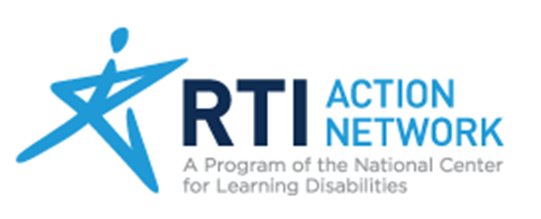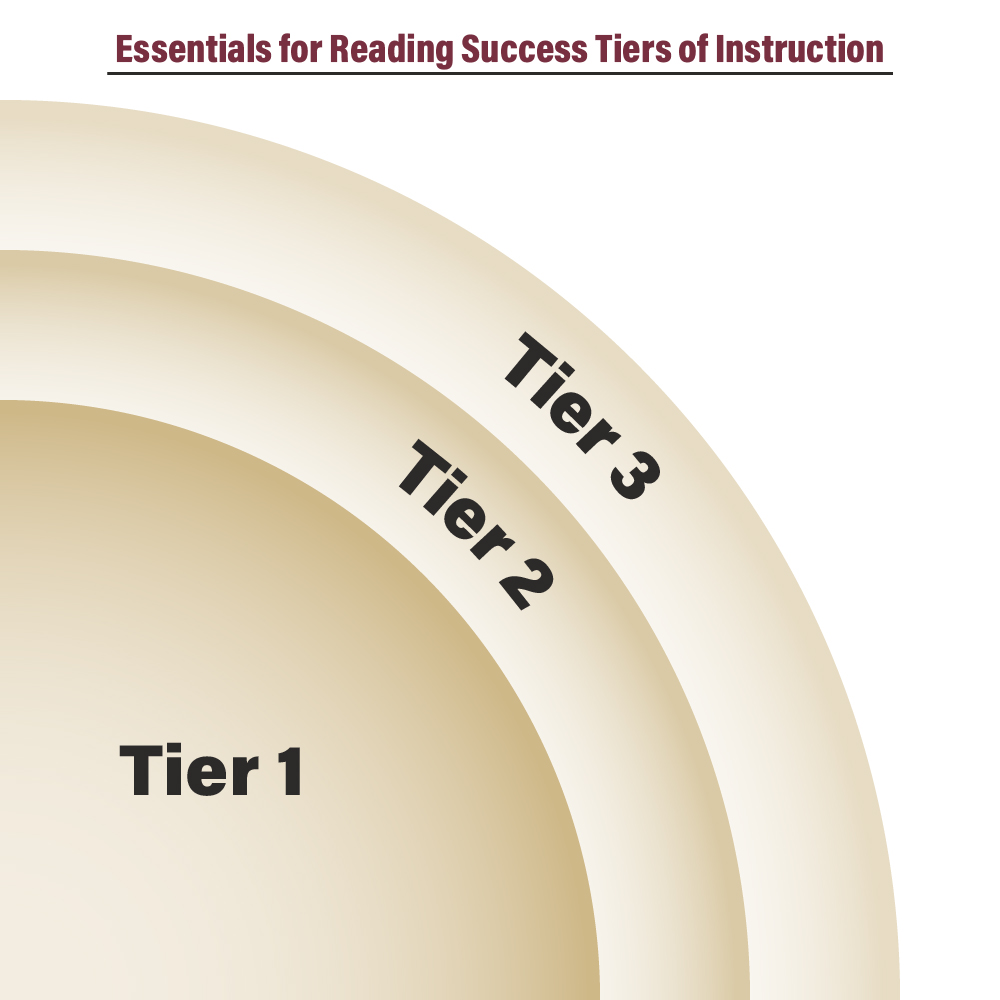Response to Intervention (RtI) is part of a Multi-tiered System of Support (MTSS) framework. RtI is a fluid, multi-step approach to providing interventions to students who struggle with learning, delivered in increasing levels of intensity. The progress students make at each tier of intervention is closely monitored. Results of the progress monitoring are used to make decisions about the need for further evidence-based interventions.
Tier 1 Instruction
Tier 1 instruction is provided to all students in the class and includes all reading components. It is guided by a comprehensive core reading program. Tier 1 instruction is usually provided to the class as a whole as well as during the small group, differentiated instruction period. Although instruction is differentiated by student need during the small group period, materials and lesson procedures from the core program can frequently be used to reteach or provide additional instruction according to students’ instructional needs. Typically progress monitoring is administered to students in Tier 1 instruction 3 times per year (beginning, middle, and end of year).
Tier 2 Instruction
Tier 2 instruction is specialized instruction provided to students not making adequate progress in the Tier 1 instruction. Tier 2 instruction is focused on specific reading components (e.g., phonological awareness and phonics) based on progress monitoring data. It is provided in small groups and in addition to Tier 1 instruction. Instruction is increasingly intensive and matched to instructional needs on the basis of progress monitoring and observation. Intensity varies across group size, frequency and duration of intervention, and level of training of the professionals providing instruction or intervention. Students who continue to show too little progress at this level of intervention are then considered for more intensive interventions as part of Tier 3. Typically, progress monitoring is administered to students in Tier 2 at least once per month.
Tier 3 Instruction
Tier 3 is intensive instruction provided only to students who are significantly below grade level in the development of critical reading skills. This instruction will usually be guided by a specific intervention program (different than what was used in Tier 1 and Tier 2) that focuses on one or more of the key components of reading development. This type of instruction is necessary for only a small number of students in a class. In some cases, students in 2nd and 3rd grade may have lagged so far behind grade level development of reading skills that very little content from the grade level comprehensive core program is suitable for them. In these cases, students may need to receive instruction guided by a comprehensive intervention program that is specifically designed to meet their needs while at the same time accelerating their growth toward grade level reading ability. Typically, progress monitoring is administered weekly or every other week.
Response to Intervention (RtI) offers students multiple levels, or tiers, of evidence-based instruction and interventions. At each tier, students receive effective, differentiated instruction. The intensity of instruction at each tier will vary depending on students’ learning needs. To learn more, review these resources.
View
Response to Intervention: A Tiered Approach To Instructing All Students (2:42) from atlasinitiative.org.

Read
What is Response to Intervention (RTI)? from the RTI Action Network.
View
This video explains the importance of monitoring progress a least once a month for students in Tier 2 (5:33).



